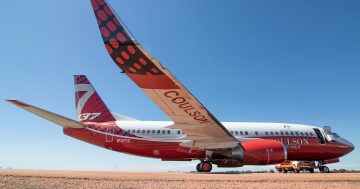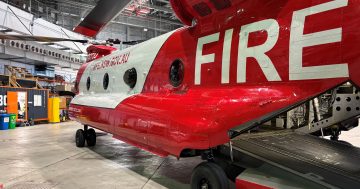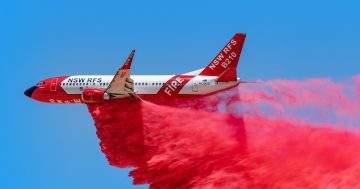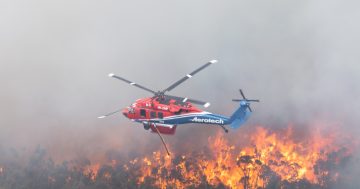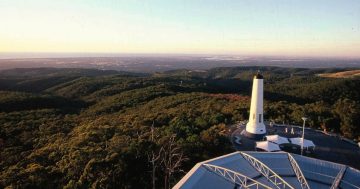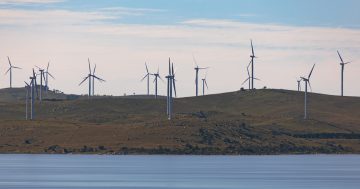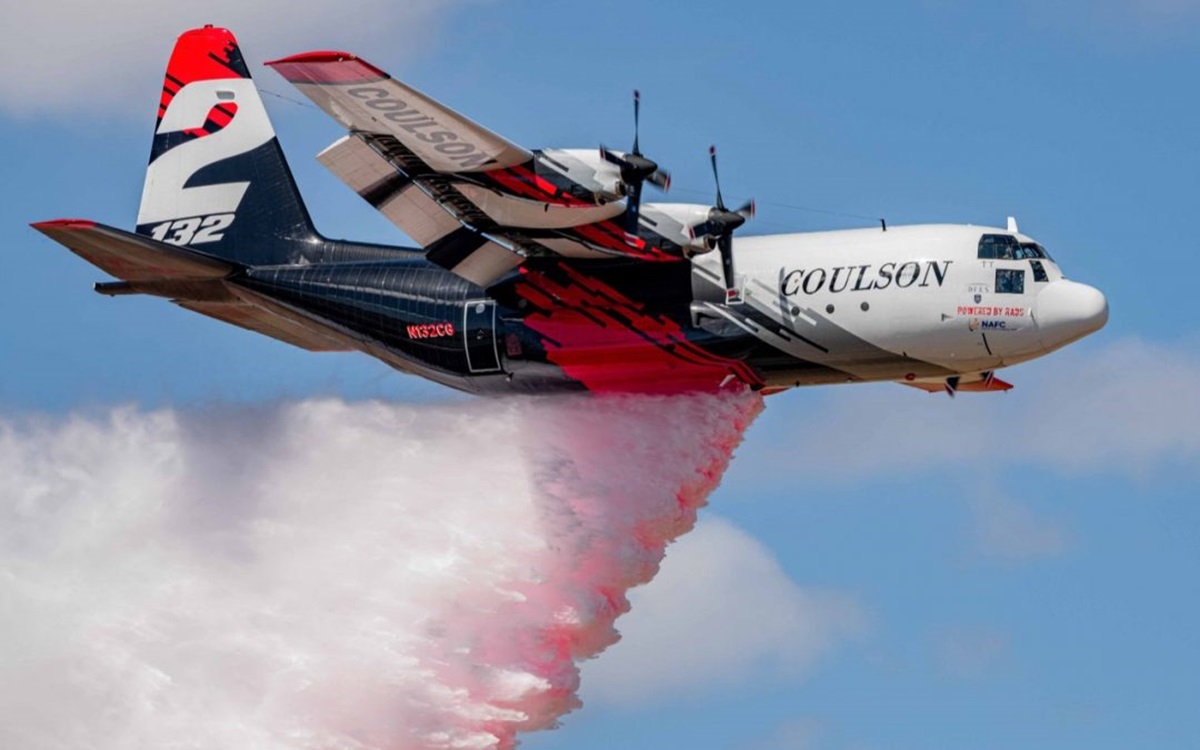
A Coulson C-130 Hercules large air tanker (LAT). Photo: Coulson.
Western Australia has brought its aerial firefighting tanker aircraft fleet up to full strength by activating two helicopters three weeks earlier than planned.
WA Emergency Services Minister Stephen Dawson said all 36 aircraft in the planned fleet were now operational following the addition of two Black Hawk helicopters from the US and that a large number of aircraft had already been activated through October and November due to an early start to the fire season.
The former US Army Black Hawks join a C-130 Hercules large air tanker (LAT) leased for a 90-day season, while other aircraft have been called in from the NSW Rural Fire Service to temporarily assist as WA’s own fleet built up. The aircraft are managed by the Department of Fire and Emergency Services and the Department of Biodiversity, Conservation and Attractions (DBCA).
Minister Dawson said there had already been 1611 bushfires recorded since early October, and that the aerial fleet has already flown 376 hours across 42 incidents, completing 926 drops of more than two million litres of water and retardant on firegrounds from Karratha to Esperance.
During the 2022-23 fire season, the WA fleet logged more than 1400 hours of flight time and completed 3579 drops of 10.3 million litres across the State.
Minister Dawson said the high-risk bushfire season had prompted the state’s emergency services to prepare early by bringing forward training and key resources like the aerial fleet to keep the community safe.
“The Cook Government is proud to fund the Large Air Tanker as part of our investment to boost our firefighting arsenal to support firefighters and protect local communities,” he said.
“Highly skilled and experienced career and volunteer personnel from DFES and DBCA will be supported on the fireground by a fleet of advanced and agile aircraft that provide aerial suppression, containment and intelligence.
“I urge every Western Australian to finalise their bushfire preparations now and use the My Bushfire Plan app or website to make critical safety decisions in case they are threatened by a fire.”
Fire and Emergency Services Commissioner Darren Klemm AFSM said the aerial fleet is integral to firefighting strategies, particularly when fires occur in challenging and remote terrain or when there are extreme fire conditions.
“While some aircraft are usually available in November, the full aerial fleet would typically not commence until late December, consistent with when we start to experience high-risk fire conditions,” he said.
“The steps we have taken this year should send a strong message to the community that WA is facing an unusually long and dangerous bushfire season, and everyone needs to be prepared.
“It is very concerning that only just over one per cent of households have a recorded bushfire plan and I ask everyone to take the time to sit down with your family now and agree on your course of action using the My Bushfire Plan platform.”


